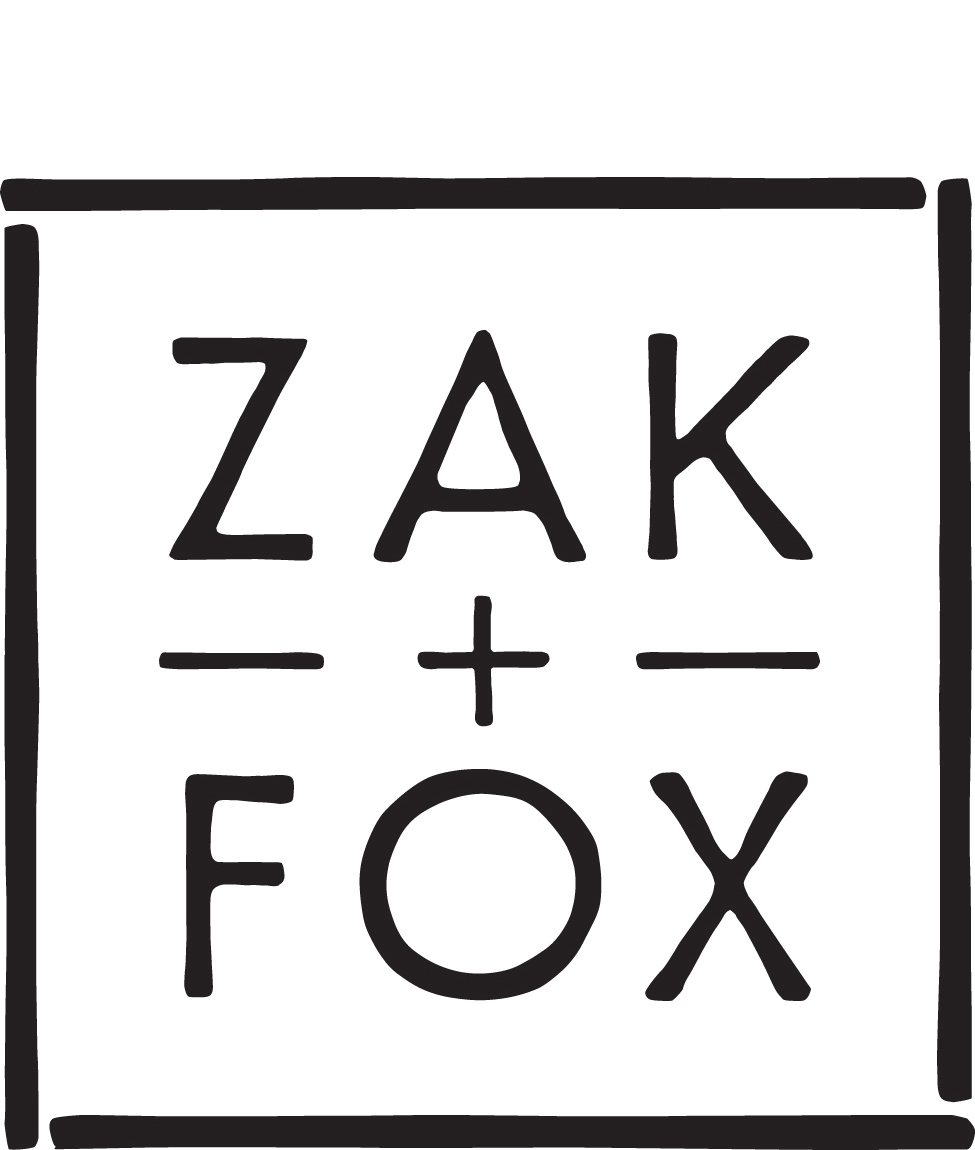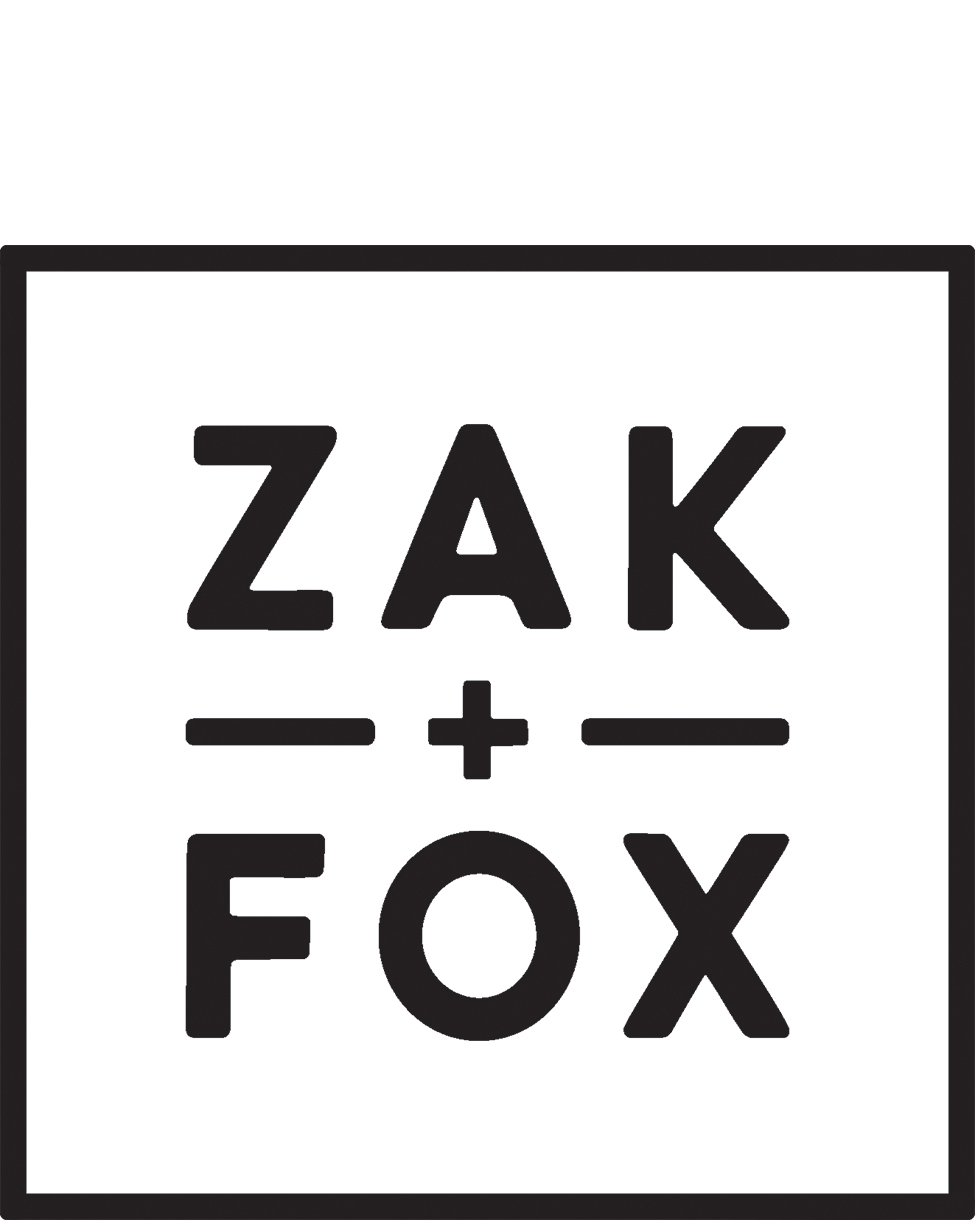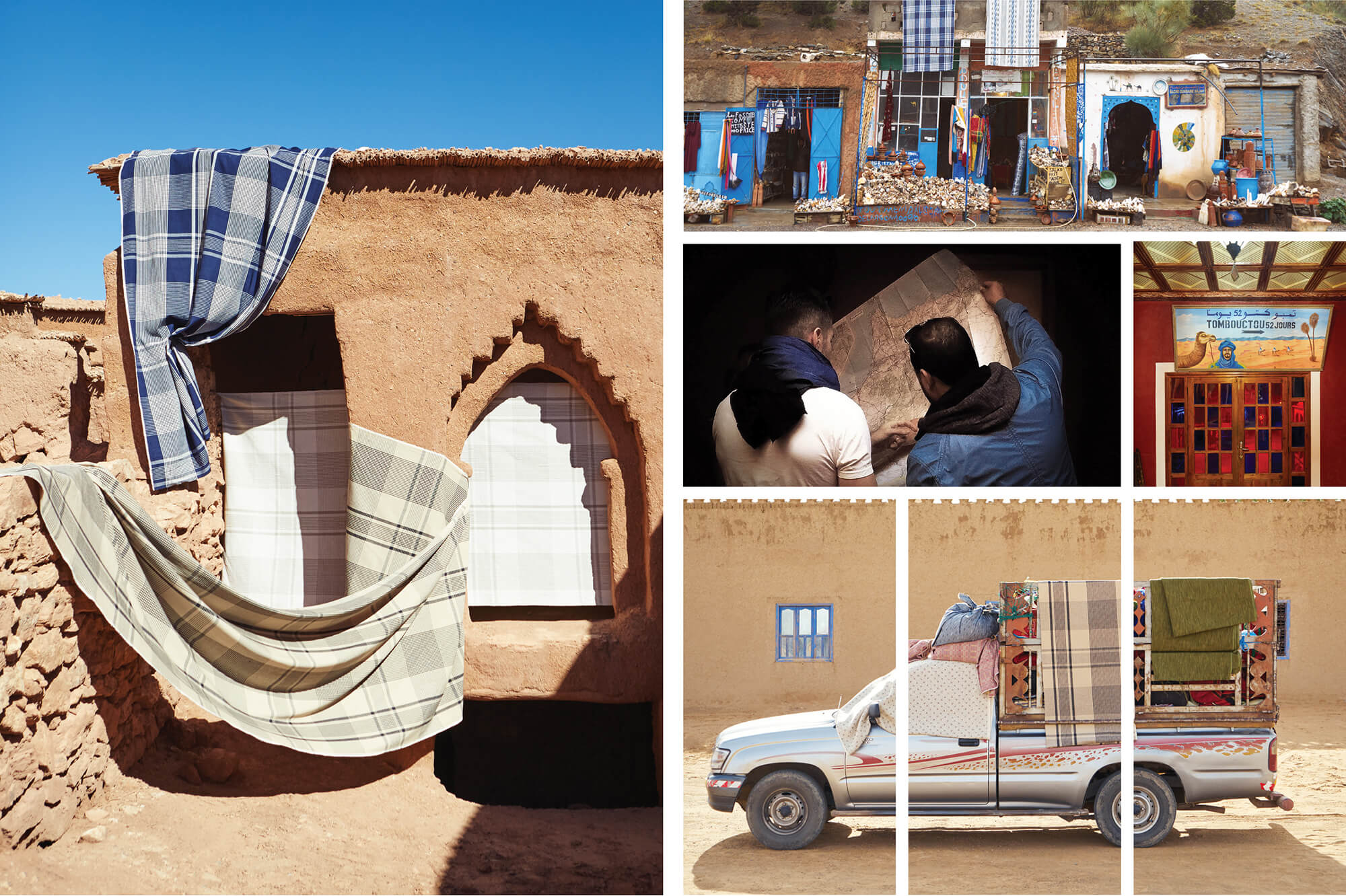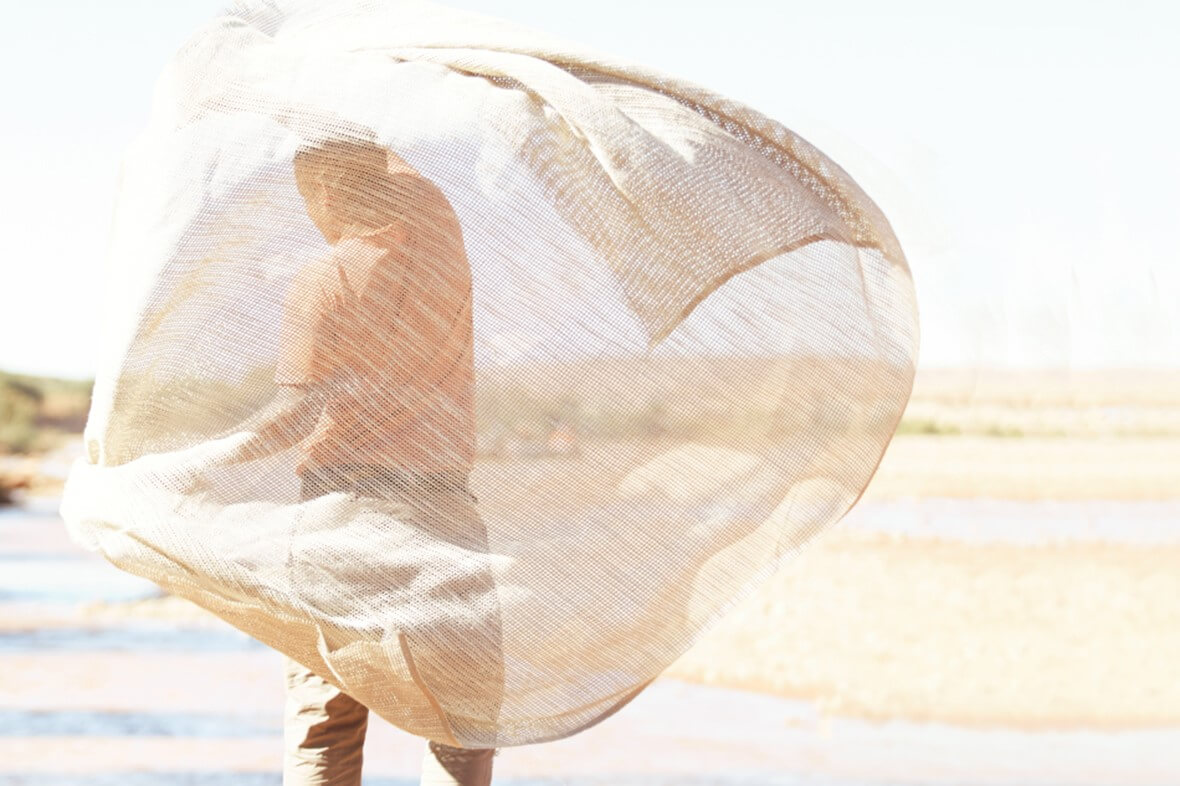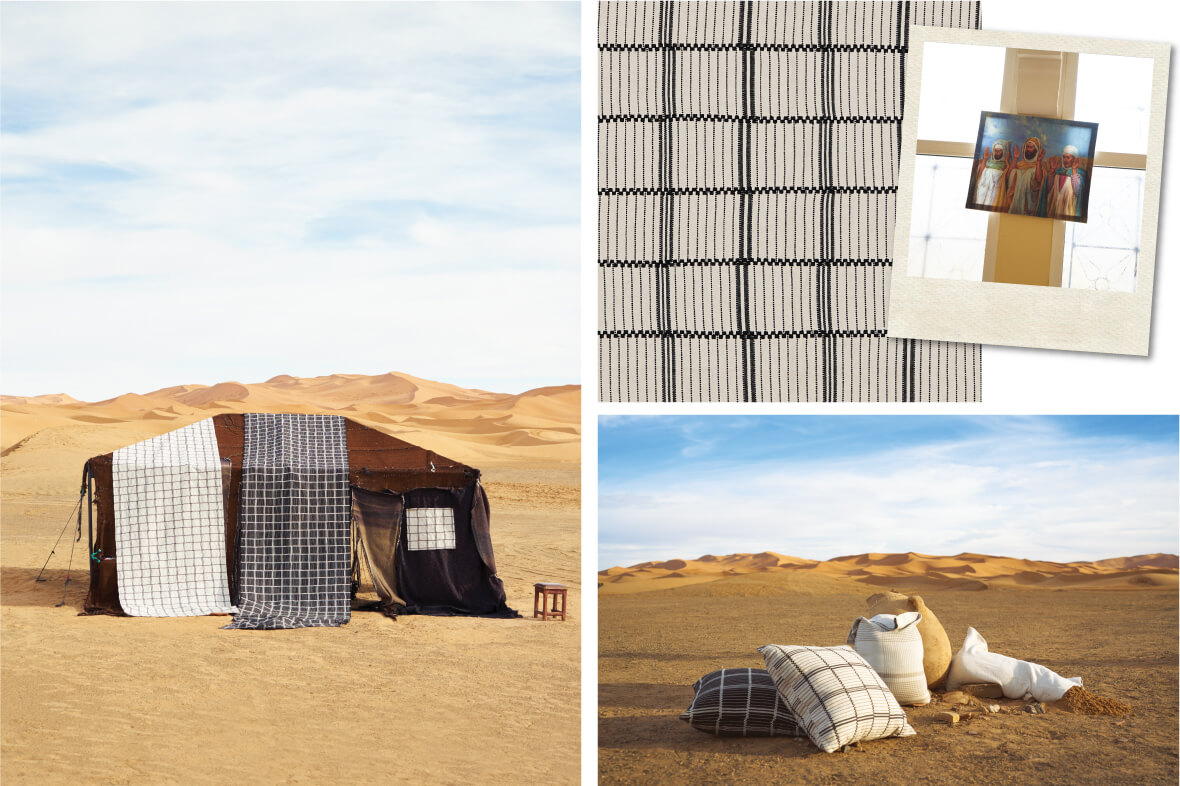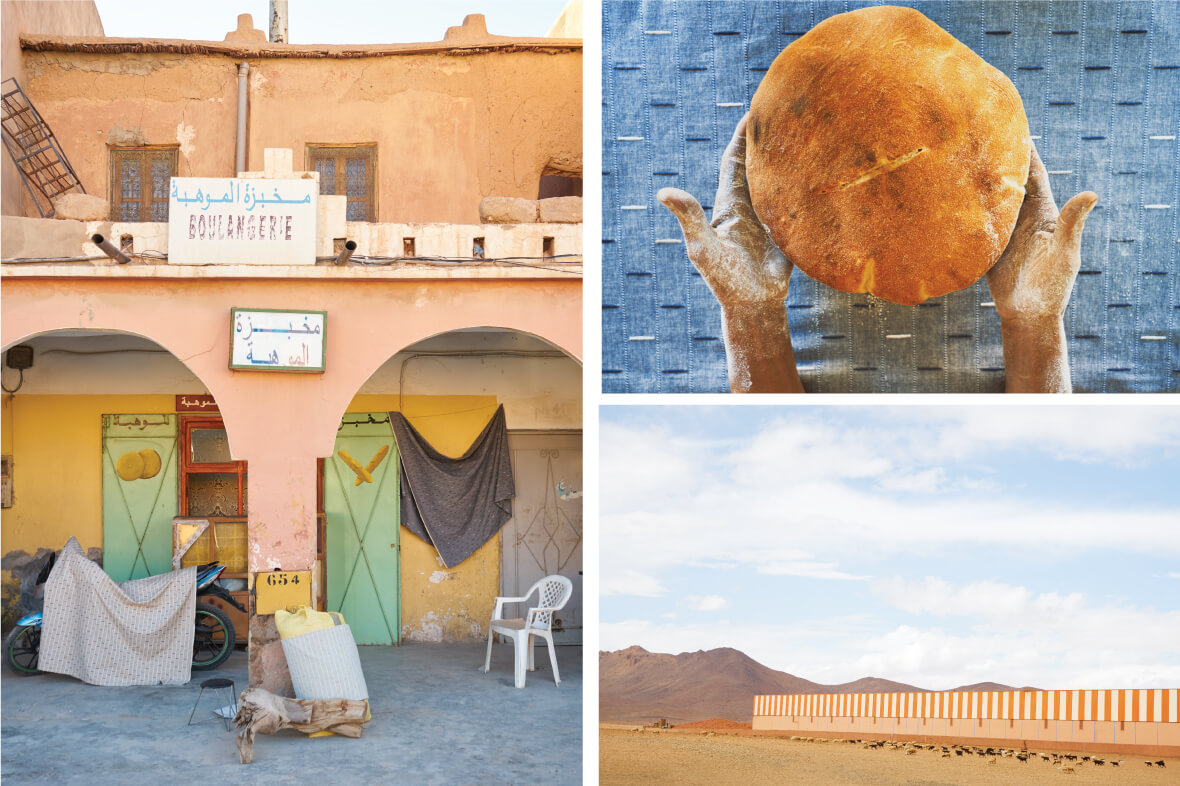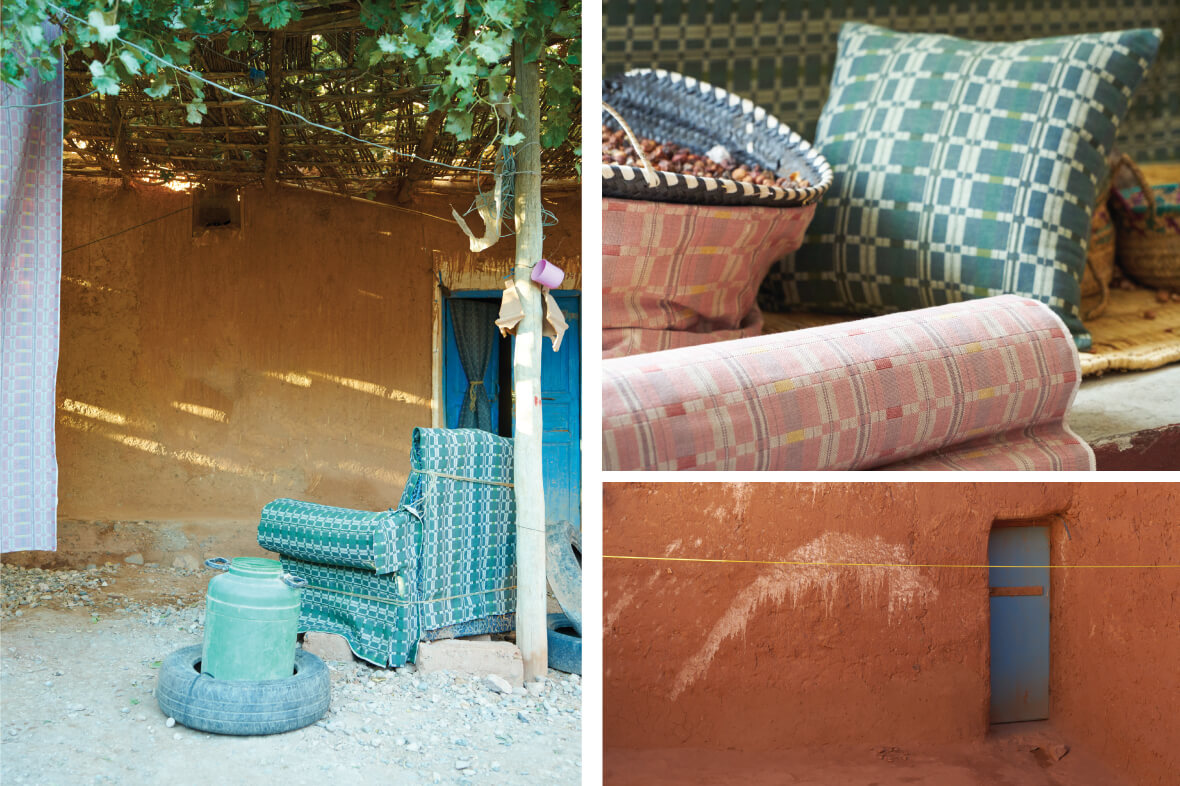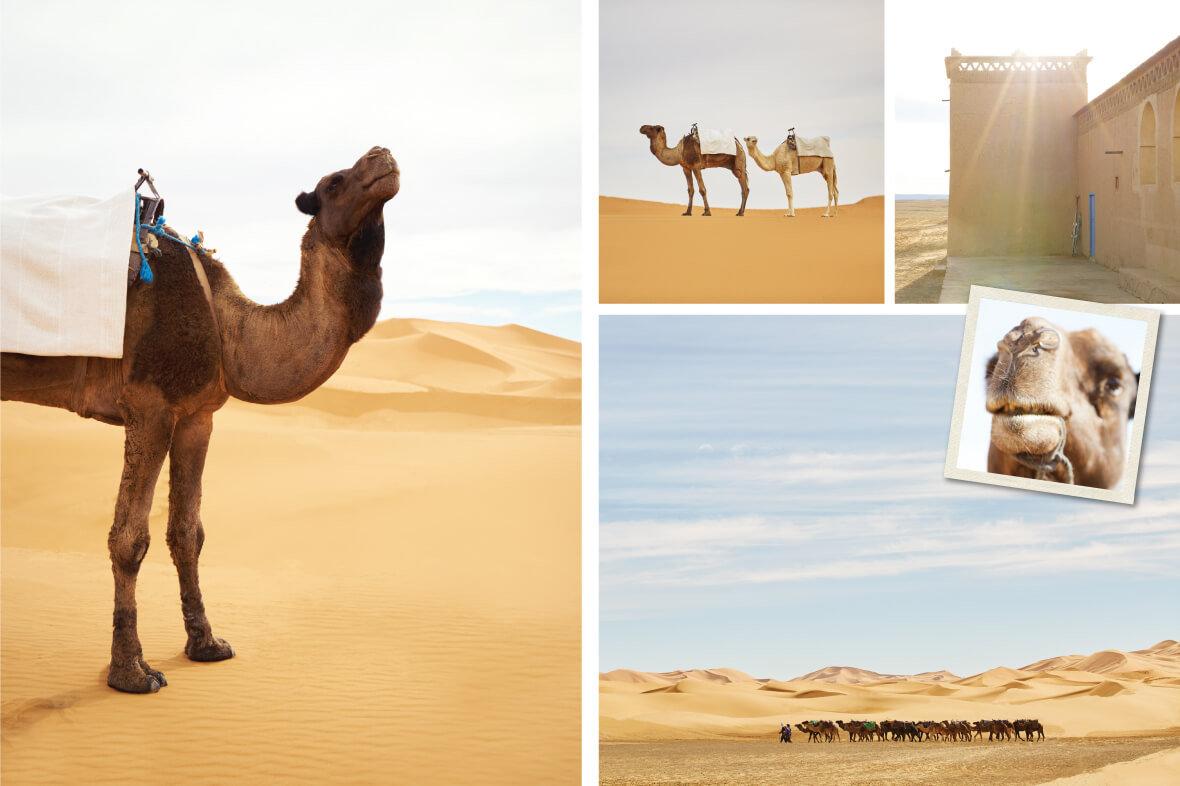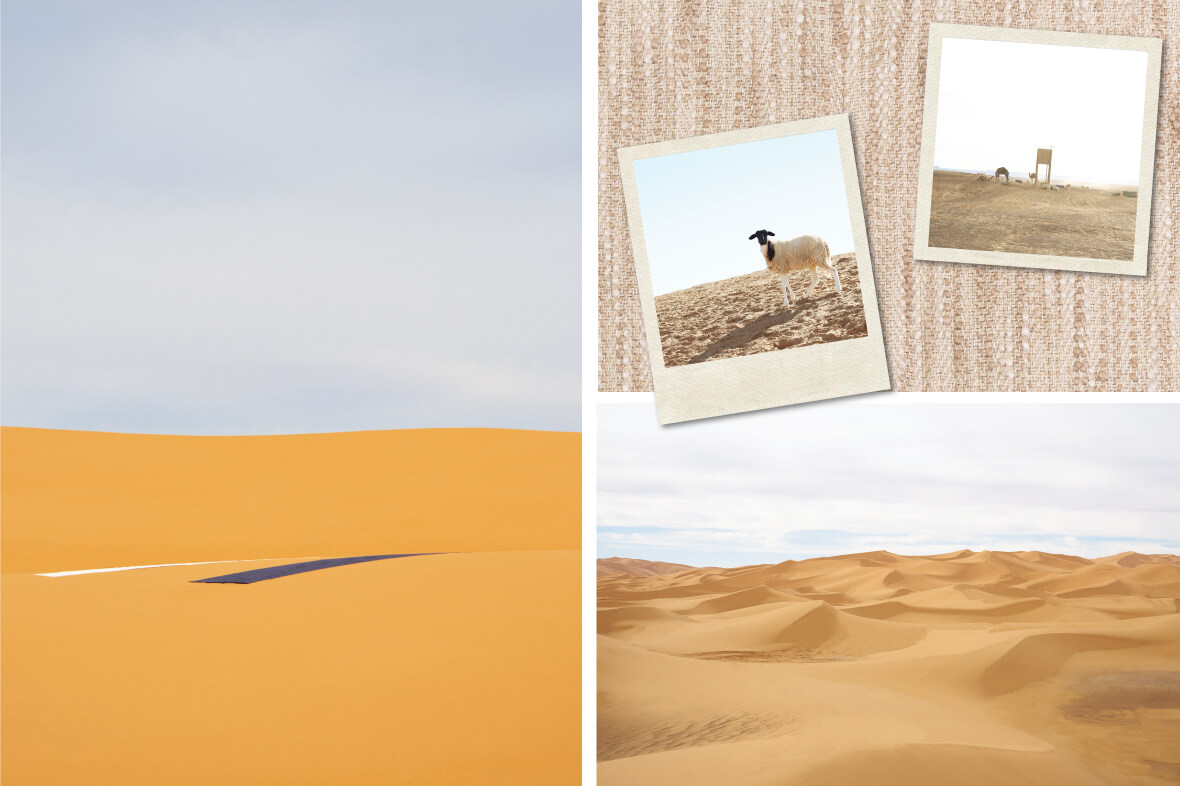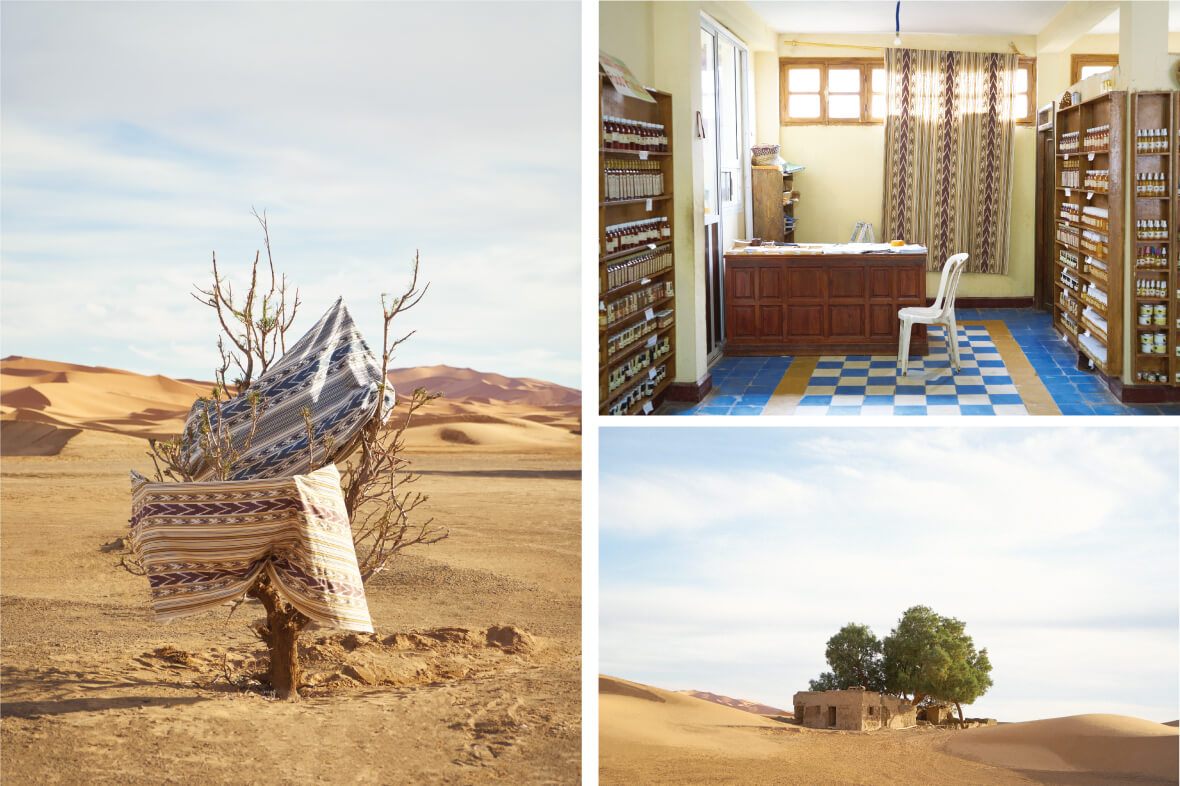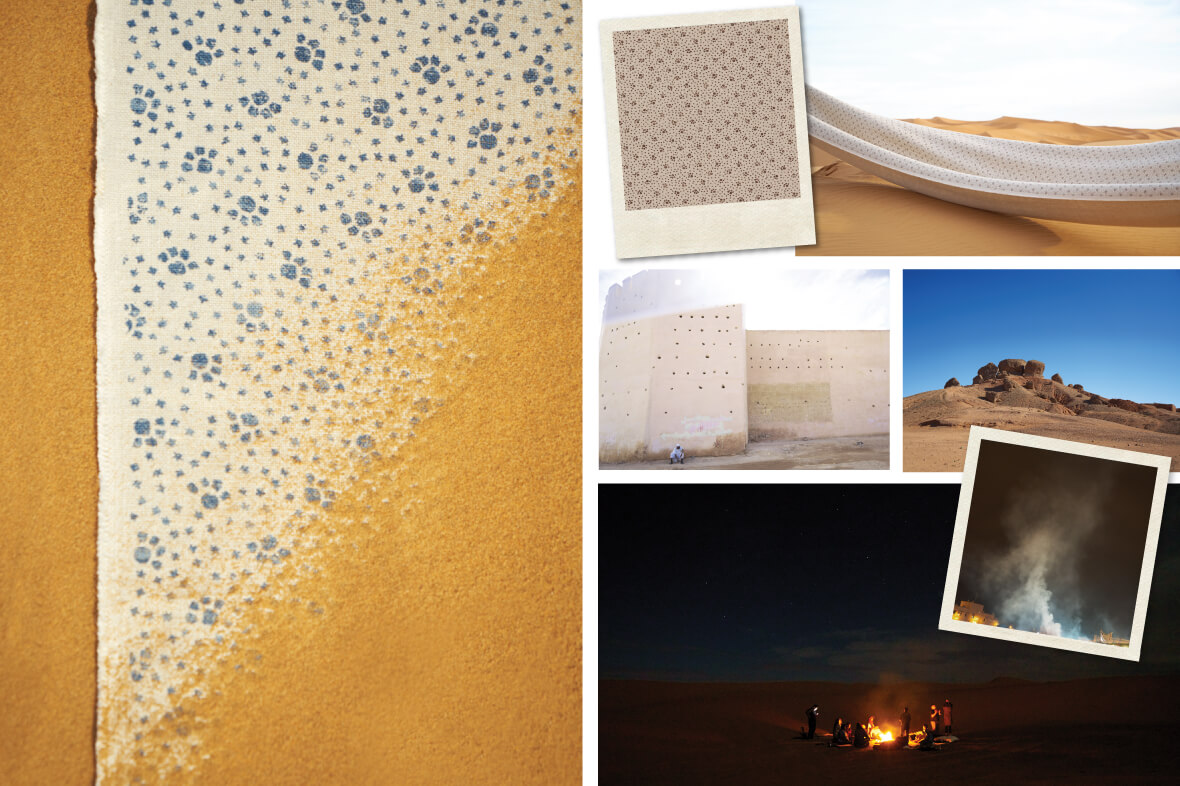Once shorthand for the end of the earth, Timbuktu is — in this journey — a beginning. An ancient site of cultural convergence, it signifies enlightenment, mystery, destruction and rebirth. Through empires and sandstorms, the sacred city has survived. A half-imagined oasis on the horizon, it could lead to illumination or illusion. We pick up the thread and follow it anyway — a trek into the infinite desert.

Expedition ventures into new territory, pairing close-set stripes with broad spacing at unexpected intervals. In woven linen, it’s a modern take on the well-traveled history of gingham, pulling inspiration from a pattern closely associated with colonial India, Malaysia, Japan, Britain and beyond. Almost imperceptibly, the pattern reveals the restlessness of an unending journey.
Twined together in an open weave formation, this mix of wool and linen yarns recall old fishermen’s nets or mosquito canopies. Bamako means “crocodile” in the Bambara language — the weave’s raised ridges lend it the organic texture of an exotic skin.
A common honorific in North Africa and the Middle East, El Rais signifies status and roughly translates as “chief”. Chiefs’ robes vary by tribe, from graphic black and white stripes to complex geometrics.
Patterns change in response to time, place and context. Traditional textiles are more contemporary than we suspect, transforming as they adapt to trade and tastes. Some might even have Ju-Ju, that mysterious karmic magic that objects can carry.
In an age of information, art allows materials to speak for themselves; weaving does the work of making disparate pieces whole. Ewe artists call it “adanudo” — the weaving together of separate strips into a single cloth. Togo combines diverse eras and influences into one statement, spoken in the nuanced language of the threads.
For thousands of years, camel caravans have crossed the Sahara, journeying to desert salt mines to bring home blocks of salt which are tightly wrapped in coarse cloth for trade in Timbuktu. Travelers believe the white heat of the desert makes it a mirror to reflect the soul, a place where God meets man.
Traveling through Timbuktu, you might catch a glimpse of nomads walking or riding camels through the desert, the wind whipping garments and turbans bleached white or dyed indigo.
Nomad is our version of this veil — translucent and transmutable, crafted of silk and linen.
In the desert, vision is elusive. Things that appear close are far off — a mountain becomes a hill within just a few steps. Sahara is more than it seems. Handwoven with yarns that drift in varying tones, its textured surface catches the light in imperfect iridescence, the indefinable color of an always-changing seam on the desert horizon.
Islam and art converged in the Songhai Empire, the largest pre-colonial civilization to emerge in West Africa. Loosely based on the pattern of an antique prayer mat, Songhai’s warp-print transforms an ancient source of inspiration, coupling a dynamic ikat design with the simplicity and structure of classic stripes.
In the silence of Timbuktu’s desert nights, the jackals’ wails can be heard outside the city walls. A relative of the wolf, it’s a survivor, hunting and scavenging whatever it can from an unforgiving landscape. In our print, only its footprints remain — a reminder of adeptness, existence and endurance.


